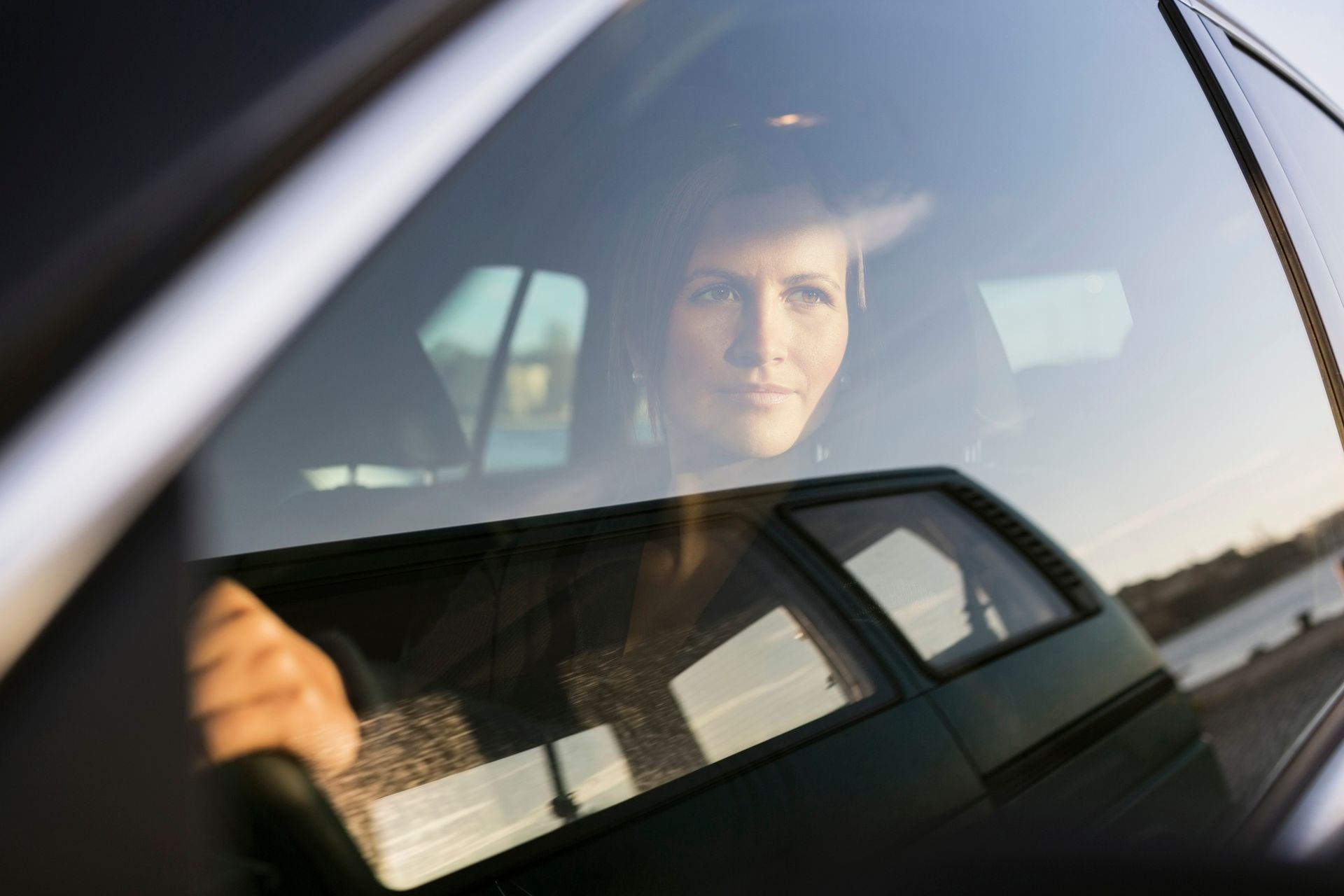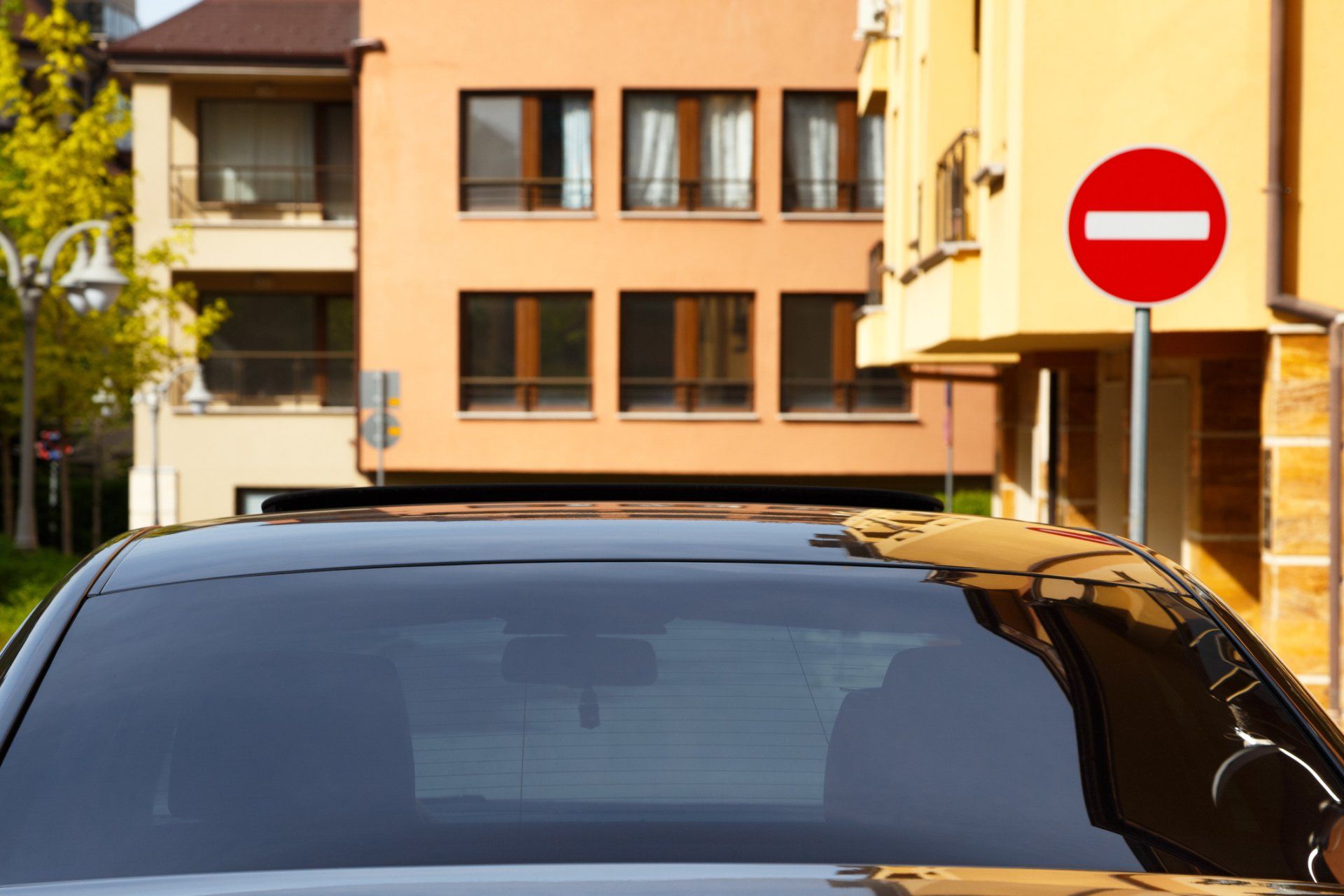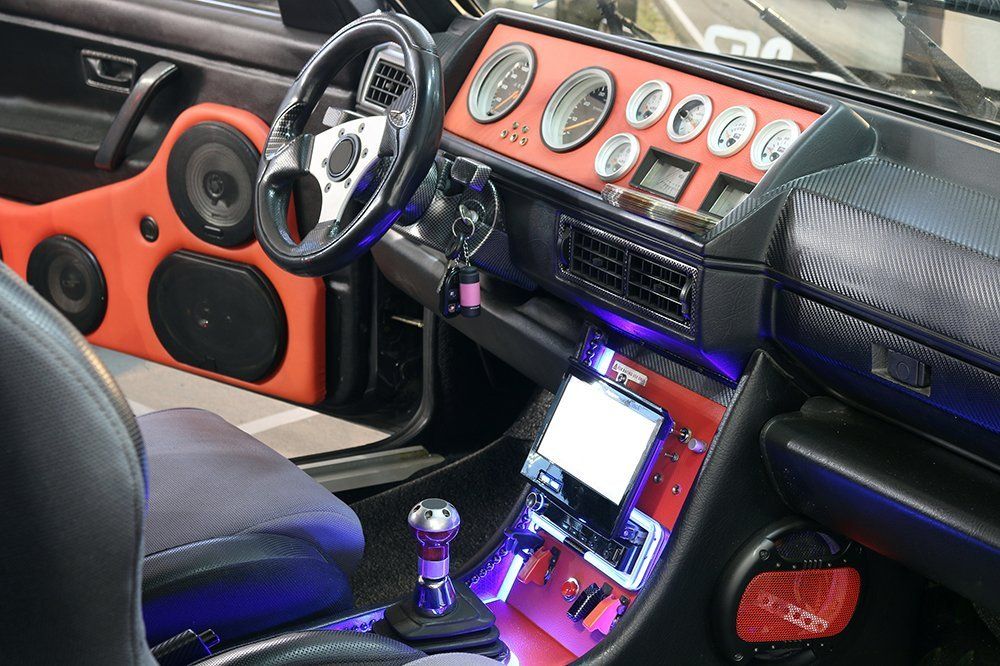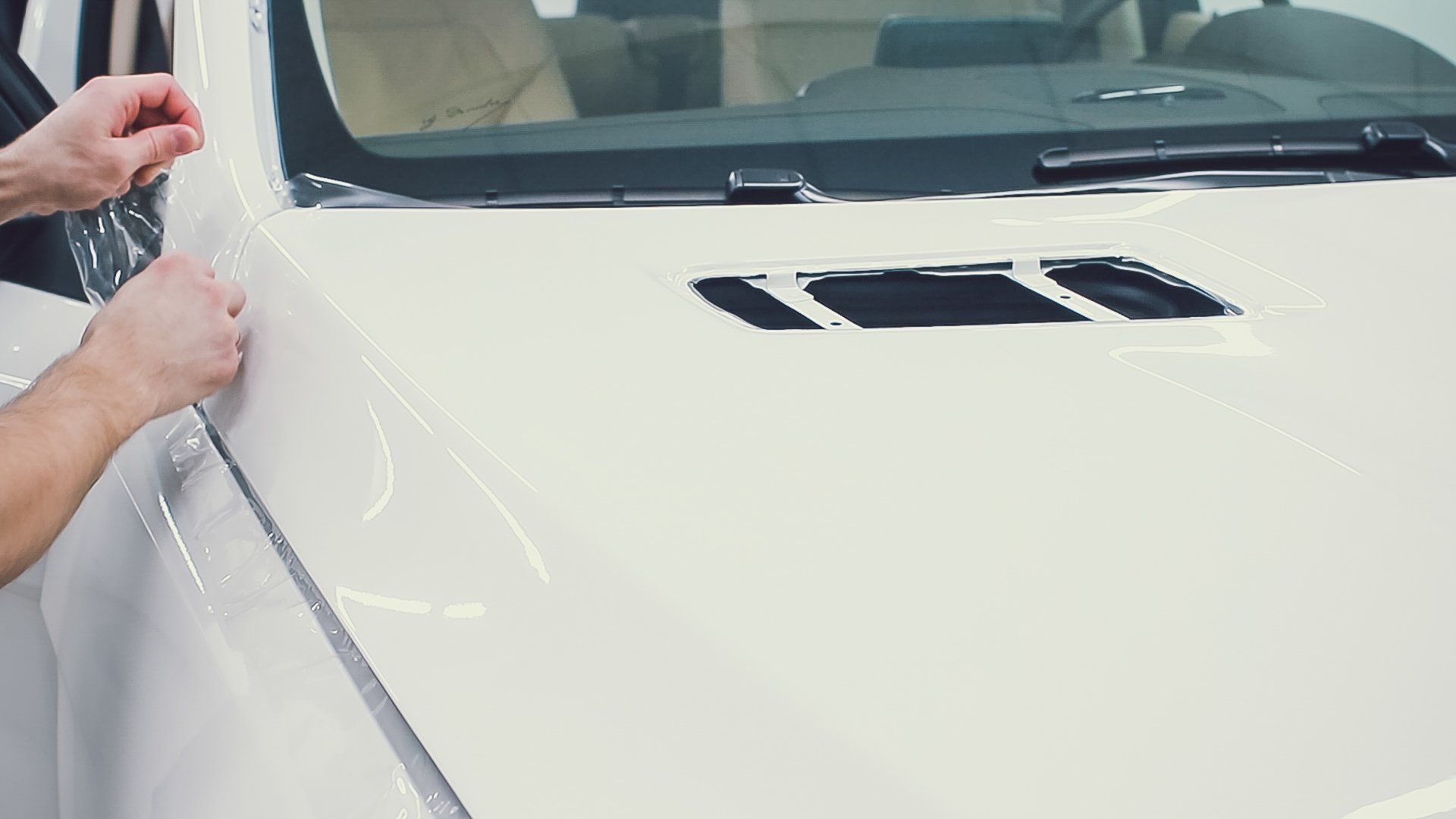Take Care of Your Car's Metallic Paint
Admin • March 10, 2019
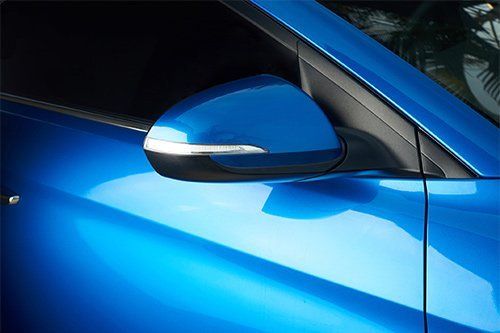
When you have a brand new car with a shiny new metallic paint job, you want it to look its best for a long time. However, a metallic paint job can fade and oxide quickly if you don't take care of it.
Repainting or repairing this type of paint can also be very difficult and expensive, so the effort to keep it in good shape has financial benefits. Here is more information about metallic paints and how you can keep them from deteriorating too quickly.
What Is the Difference Between Metallic and Other Colors
Car paints are applied in a variety of ways to give a distinct finished look. Consider four types of car color applications that are used in most cars today.
Solid Color
Solid colors are usually a basic color like white, black, red, or blue, which is covered with a protective lacquer layer. In recent times, it's more common to use what is known as a two-pack paint which combines both layers together.
Metallic
Metallic is similar to solid color paint, except that it is more layered and contains small flecks of metal to give it a bright, reflective appearance. A separate protective clear coat is often applied over the base paint.
Pearlescent
Pearlescent is similar to metallic, except that it uses ceramic flakes, or mica, instead of metal flakes. The mica gives the appearance of added depth and a rich color.
Matte Finish
Matte finishes are an uncommon, modern look where the paint looks soft and dull instead of glossy. These paints are combined with a flattening solution to give this type of finish its unique appearance.
How and Why Car Paint Oxidizes
Oxidation is completely normal and is a result of oxygen interacting with your car's paint, which will cause the paint to break down. Combine this process with the sun's energy, as well as rain, and you have a destructive force.
With oxidation, the top layer of paint slowly breaks down and flakes off. The longer you let it oxidize without intervention, the quicker the paint can fail.
How to Care for Your Car's Metallic Paint
Before you car's paint begins to oxidize, make sure you take extra steps to slow the process in its tracks.
Wash Regularly
Regular washing removes damaging chemicals that can break down your car's finish. Try washing at least
twice a month. You can wash more often if your car is exposed to road salts, mud, and grime.
Dry Softly
With metallic paints especially, make sure you dry your car with a soft cloth so that you don't leave streak or swirl marks. Try to dry your car in the shade, if possible, because water can dry quickly in the sun and leave spots.
Polish and Wax
Polishing and waxing is extremely important for metallic paint jobs. Polish helps remove any existing oxidation as well as dirt. Follow up polishing with wax to seal and protect the paint. For best results, try to polish your car twice a year
and wax your car about regularly.
Protect From the Sun
It's critical that you protect your car's metallic paint from the sun. Try parking in the shade, if possible. However, if you can't park in the shade, then invest in a good-quality car cover.
Don't leave your car covered for extended periods, or leave it covered in the rain, as this can contribute to moisture buildup and further paint oxidation.
All car paints will fade and become dull over time. However, with proper care, you can slow this process so that your car's paint job gives you a lot of pleasure over the years.
If you feel that you can't keep up with the maintenance of your paint job, hire a professional detailer who can do it for you. At X-Pert Tint and Auto Alarms, we have detailed all kinds of cars, including classic cars. Call us today for an appointment.
Enhance your driving experience with an aftermarket car audio system in Houston, TX. Learn how to choose the perfect setup with expert tips from X-Pert Tint. Check it out today!

Car alarm systems are essential for anybody moving to a big city. However, some people may struggle to find the alarm system that suits their car. Some individuals may want an active unit while others may prefer a passive system. However, anyone moving to the big city for the first time will massively benefit from a passive alarm system. In fact, individuals moving to a more urban environment may also want to install a two-way paging system alongside their passive alarm. Individuals who add a paging system vastly improve the quality of their alarm and more effectively protect it from theft. Benefits of a Passive Car Alarm Some car owners assume that an active car alarm system is superior to a passive system. However, the truth about passive car alarms is that they provide many benefits that drivers don't get with active systems. For example, people who often forget to turn their alarm system will appreciate the automatic activation and deactivation of a passive alarm system. In fact, each passive car alarm includes a microchip installed directly into a car's key. Whenever a person locks a vehicle after leaving it, the passive car alarm will automatically activate the system. Likewise, the moment a person unlocks a car, the microchip will deactivate the alarm. As a result, drivers never have to activate their alarm separately. Just as importantly, passive alarm systems provide other benefits for a car's safety. For example, passive alarm systems will disable the ignition of a vehicle if somebody tries to use a key that doesn't have a microchip. Just as importantly, some passive alarm systems will lock the wheels if somebody breaks into the car. Drawbacks of a Passive Car Alarm While passive car alarms provide many benefits to car owners, drawbacks do exist. For example, passive alarm systems may malfunction if a car's computer system shorts out. When the computer shorts out, the passive alarm may deactivate or activate randomly and make the car impossible to start. Passive car alarms are also harder to turn off in some instances than active systems. For example, if a baseball breaks the window of a car protected by an active alarm, merely pushing the deactivation button will turn it off. With passive car alarms, the alarm may continue to go off until the key with the microchip is inserted into the ignition of the vehicle. Reasons to Add a Two-Way Paging System Two-way paging systems are a unique addition to a passive car alarm system. These units provide a communication method between the alarm system and the car owner's key fob. When something goes wrong with a car, such as a broken window, the exact problem will be communicated to the car owner using a small screen on the fob. The benefits of a two-way paging system on a passive car alarm are huge. For example, most paging systems provide coverage for up to a mile, which provides the driver with a higher degree of protection in a dense city population. Just as importantly, the fob can let the driver assess the problem and deactivate the alarm as needed to keep the car safe. Influences on Your Car Insurance When a car owner adds a passive car alarm and a two-way paging system to their vehicle, they offset insurance increases they may experience when they move to the city. Often, insurance companies increase an owner's rates if they move to a large city. These companies argue that bigger cities are more prone to crime and that higher prices are appropriate. However, a passive system paired with a two-way paging unit is likely to decrease a person's insurance rate. Insurance providers understand the theft-prevention power of passive alarms. Therefore, insurance companies often reduce a person's premium due to the presence of the system. Don't hesitate to contact X-Pert Tint and Auto Alarms to learn more about these units.

Whether you live or work in an area where car break-ins are common, you may worry that your own car could be a target for thieves. If so, use the following tips to reduce your chances of becoming a victim of theft by protecting your car from being broken into. #1: Park in Well-Lit, Well-Populated Areas The first thing you should do when trying to protect your car is to consider where you park. If you normally park in an area that has little to no lighting, the darkness will act as a cover for potential thieves. This natural cover will entice them by presenting your car as an easy target. Darkened areas are not the only places you should avoid. Even if a parking place has some lighting, your car could become a target if people rarely walk through the area. Whenever possible, select a parking place that has plenty of light with a generous amount of foot traffic. If a thief feels that they run the risk of being seen, they most likely will pass by your vehicle. #2: Remove or Hide All Valuables Once you have selected an ideal parking space with lots of lighting and foot traffic, the next thing you need to do to make your vehicle less attractive to thieves is to remove or hide all valuables. If a potential burglar walks by your car and sees your laptop, purse, or even change, they will be tempted to break in. Before you exit your car, decide what items you want to take with you. Never leave easily removable items on your seats or floorboards. Take your phone, purse, wallet, and even laptop with you, as these items are highly valuable. If you must leave anything behind in your car, hide them from plain sight. Use your glove compartment to hide small items. For flat or medium-sized packages, slide them under the seat until they are completely hidden. If you have any large packages, stow them away in your trunk. Even if a thief breaks into your car's passenger compartment, they will not likely have time to open the trunk to see what's inside. #3: Consider Tinting Your Windows You will have times when you will not be able to remove all of your valuables or even fit everything into the trunk, such as when you shop or travel out of town. If you often find that you face this scenario, consider putting tints on your windows. If your windows are tinted, the darkened glass makes it difficult for any potential thieves to see what is in your car. If they are unable to discern whether you have something valuable, they may likely pass by without breaking in. Since time is of the essence for them when burglarizing a vehicle, they may not wish to take the risk of breaking in only to find they have nothing they want to steal. #4: Install an Alarm System with a Blinking Dashboard Light Even if you follow the above tips, an ambitious thief who is willing to take an extra risk may target your car. One deterrent for this type of brazen thief is to install an alarm system that includes a blinking dashboard light. If a thief sees the blinking light on the dashboard, they will know that your car has an alarm system. They most likely will change their plans, since the triggered alarm would attract attention to them. Using the tips above can help deter thieves from breaking into your car. Contact a representative from X-Pert Tint and Auto Alarms to discuss your options for making your vehicle more secure .
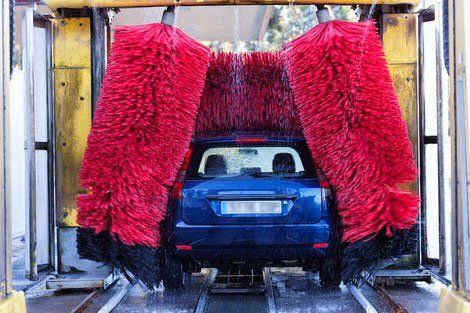
Regular car washes are an essential part of your vehicle maintenance routine. While a freshly washed car looks amazing, the removal of dirt and debris also helps to preserve the paint finish and other components, such as the upholstery. Yet you should be aware that using the wrong car-washing techniques does more harm than good. For example, scrubbing too hard with abrasives is a fast way to create those dreaded swirl marks on the paint. To keep your car in top condition, use these tips to avoid the most common auto detailing mistakes. Never Wash in Direct Sunlight People often prefer to wash their cars on bright, sunny days. While the sunlight does help you notice dirt easier, you must take care to avoid washing your car in an area that receives direct sun. Direct sunlight can cause the soapy water to dry before you have a chance to rinse it off. If dried-up soapy spots sit too long, they can damage the paint or result in white spots that require you to start all over again. Try to find a place that is covered by shade so that you have time to fully wash and rinse your car before it has a chance to dry. Avoid Using Harsh Soap At first glance, dish soap might seem like an ideal alternative to car wash fluid because it's usually less expensive and is formulated to cut through grease. However, the same chemicals that strip away grease from your kitchen pans are too harsh for the paint on your car. Dish detergent does not have the proper pH balance for use on car paint, and the film left behind by the soap can accelerate the oxidation process on the surface of your vehicle. Harsh detergents can also break down the protective barrier created by wax on your car and leave the paint vulnerable to further damage. Be Wary of Waterless Solutions Today, you will find many car wash solutions on the market that claim to be waterless. While these do remove dirt, they skip one of the most important parts of every car wash. Pre-rinsing your car with water before you soap it up helps to remove surface dirt that could scratch the paint as you sponge your car down. Make sure that the car soap you choose is meant to be used with water and is designed for use on auto paint. Then begin your car wash by spraying the entire body down with plain water before you move on to the next step in the process. Use Clean Towels to Dry The towels you use to dry your vehicle are just as important as the materials that you use during the washing process. Dirty or rough towels can scratch the paint. Choose microfiber towels to dry your car, and use gentle, circular motions to remove the leftover water. Choose Drive-Thru Options Carefully Drive-thru car washes are tempting when you need your vehicle washed in a hurry. Unfortunately, drive-thru car washes that are poorly maintained may have exposed brushes and spinners that can damage external components on your car and leave scratches on your paint. Remember to Detail the Interior The time involved with washing the exterior of your car may cause you to skimp on the interior. However, the dashboard, upholstery, and inside of your doors are all hot spots for dirt and stains that detract from the comfort you enjoy. Make sure to allot enough time to wipe down the interior surfaces of your car or have it professionally detailed. Often, the smallest areas, such as the cup holders, attract the most dirt, and keeping these spots clean makes your car feel brand-new. A proper car wash takes time and requires strict attention to detail. Call X-Pert Tint and Auto Alarms to arrange for professional detailing services that help preserve your car's value.
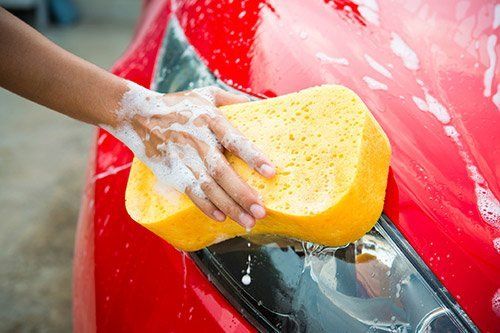
When you first buy a car, it looks great and the paint is smooth and shiny. Unfortunately, weather, the sun, dirt, and road conditions can take away the shine and cause the paint to start to peel overtime. Luckily, if you are diligent, you can prevent this damage and keep the exterior of your car looking like it did when you first bought it. Washing The first thing you need to do is make sure you wash your vehicle regularly. Anytime you notice it is dirty, clean it. You should also give it a thorough cleaning once a month to get rid of oil, grime, and pollen you may not see. You should also make sure you wash the vehicle properly. Do not use any cleaning solution you happen to have in the cupboard, as the chemicals in them may corrode the paint. Use a product designed for car-washing. Also make sure the product was designed for the type of paint on your car. The information on paint type may be available from the dealership or in the car's manual. Also never use anything that is rough to wash the car. A foam applicator is a good choice when applying the cleanser. A car-washing mitt is also a good option and should be used to scrub the car. Use a silicone squeegee to remove most of the water after washing and then a soft towel to sop up any water that remains. While washing, you should also be sure to clean all the trim. This will require that you open doors, the hood, and the trunk. Make sure any product you use is designed for the material the trim is made of, which could be metal, plastic, or fiberglass, to avoid scratching it. Sealant A couple of times a year, apply a paint sealant to your vehicle. Follow the direction on the can to ensure you do not leave streaks — the best ways is often to apply the product in a circular motion. Do one section of the vehicle at a time, continuing a few minutes after the texture has changed. Paint sealant will help create a protective layer over your car paint to ensure the paint job lasts longer. Wax Just because you have applied a sealant does not mean you can skip applying wax. A good layer of wax will protect the paint from corrosive things like bird droppings and tree sap. You should apply a wax 24 hours after you applied the sealant for the best results. You can also apply wax once a month, in between sealant applications, to add a layer of protection and keep the paint shiny. For best results, use a paste wax and apply it with a soft cloth in a circular motion. Once the wax is no longer opaque, but you can still see it, it is time to buff the area with a clean cloth. Do not apply wax to the whole vehicle and then buff, it as the wax you applied first will be hard again and not buff to a shine. Electric Polishers To save time and elbow-grease, you can use an electric polisher on the car to buff the wax. However, there is a definite learning curve to using a polisher. If you have never used one, you should find something other than your car to practice on or you risk not only undoing all the hard work you did applying the sealant and wax, but also damaging the paint underneath it all. While you could take your vehicle to a car wash, the detergents and other products they use may not be the best thing for the paint. Instead, go to a professional auto detailer . Contact X-Pert Tint and Auto Alarms to have your automobile cleaned inside and out. They will make sure your car's paint looks as good as it did when you drove it off the lot.
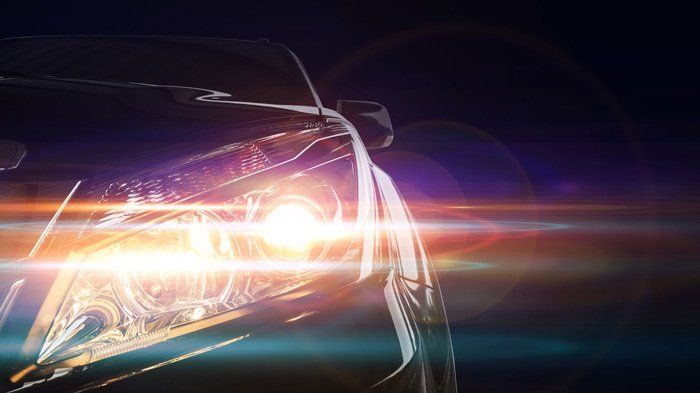
Headlights are one of the most important safety features included on vehicles, and the condition of the light covers also plays a big role in its overall appearance. Unfortunately, headlights are typically made from plastic that is vulnerable to damage from impacts with objects such as rocks and that can break down over time. While you can do your part to avoid damage to your headlights by keeping a safe following distance from other vehicles and being cautious during car care, the truth is that some damage isn't preventable. The polycarbonate plastic used to make headlights also suffers from exposure to UV rays and environmental chemicals. As you begin to put together your ultimate car care and maintenance plan, use this information to understand the important process of headlight restoration so you always see clearly on the road. Recognize the Signs of Deteriorating Headlights The headlights are one part of a vehicle that most people do not expect to get damaged. While you may need to change the bulb now and then, the majority of headlight covers can last years without needing replacement. However, minor imperfections can develop over time that make it harder for the headlights to do their job. For instance, you might notice that the plastic covers develop a hazy or cloudy appearance. This cloudiness is usually caused by oxidation or a buildup of contaminants from the air and road. Upon closer inspection, you may also notice small scratches or chips in the surface of the headlights. Blemishes such as these are caused by common hazards such as rocks thrown at your vehicle on the road, harsh scrubbing during car washes, and even just by accidentally rubbing from passersby in public parking spaces. Once the damage has become bad enough, you may also notice that your headlights are no longer as bright as they were when you first got your vehicle. Typically, lower light levels will be most noticeable at night when you need your headlights the most, and driving with them in this condition is dangerous. Know When to Choose Restoration Once your vehicle's headlights become damaged, you typically have two choices to correct the problem. You can either choose to have them replaced or arrange for headlight restoration services to make them look like new. In most cases, restoration is an option, but you may need to have the covers replaced if they have sustained major damage such as a crack that extends all of the way through and changes how the light shines . For headlights with normal cloudiness, scratches, or pitting, restoration is often the more cost-effective choice compared to a replacement that gives you similar results for improving the clarity. Owners of older model vehicles may also opt for restoration over replacement to preserve the original parts on the car. Understand the Restoration Process Once headlights have turned yellow or cloudy, the damage cannot be scrubbed away using plain old soap and water. Instead, professional car restoration technicians use a series of techniques to remove imperfections that exist just below the surface of the plastic. First, the headlights are cleaned, and any areas of the car around them are covered to protect the paint and metal. Then, special sanding equipment is used to remove discolorations and pitting from the plastic. Once the technician is satisfied with the sanding results, the headlights are polished to a gleaming shine. Cloudy and discolored headlights may look like just a cosmetic problem, but deteriorating lights are a serious safety issue that must be addressed. Our crew at X-Pert Tint and Auto Alarms is ready to restore your vehicle's headlights to their former beauty, so call us today to get started on this critical part of your car's maintenance plan.

